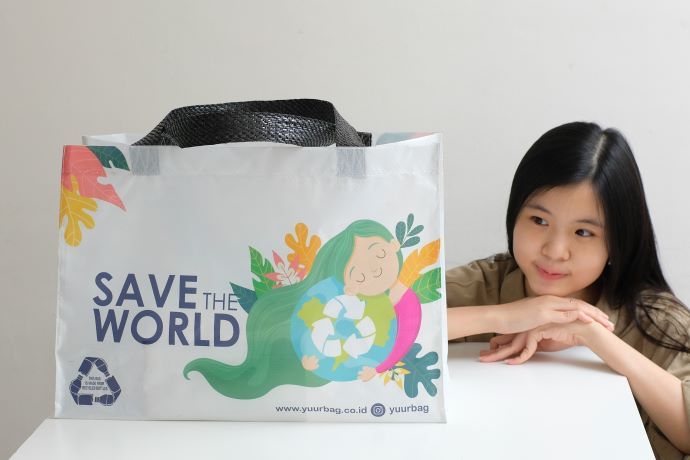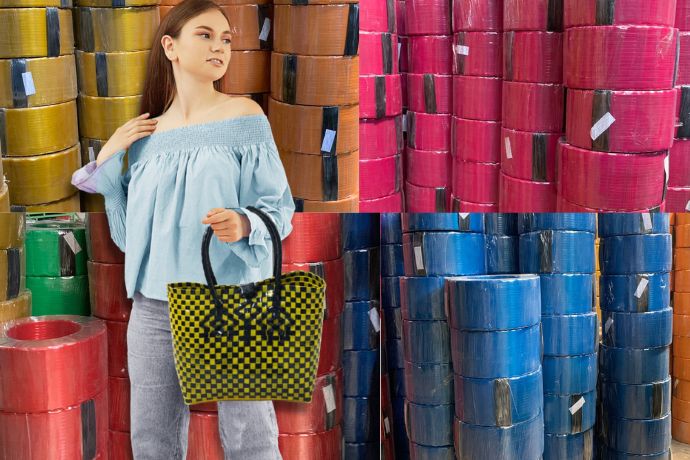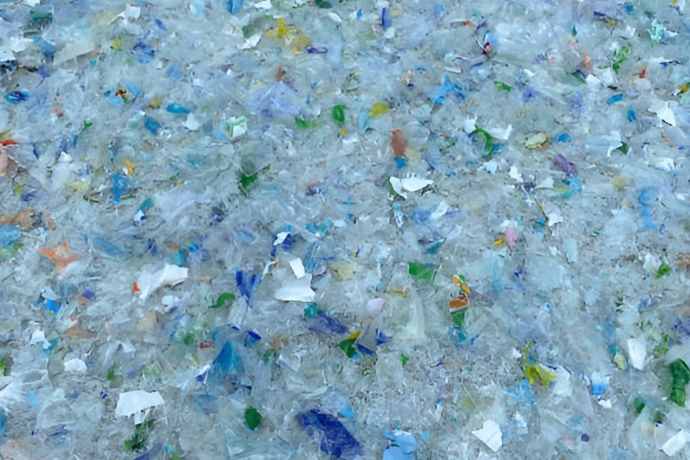rPET Market Trends 2025 | Demand, Supply & Buying Guide
Key Takeaways:
- The global rPET market was valued at USD 10.7 billion in 2024 and is projected to reach USD 13.92 billion by 2029 at a CAGR of 5.4% .
- Packaging, textiles, and automotive remain the fastest-growing application areas, with fashion brands and EV manufacturers driving demand.
- Supply shortages, quality consistency, and price spreads versus virgin PET are key market challenges, creating opportunities for innovation and long-term contracts.
- Regulatory pressure (EU, U.S. states, Asia) and corporate sustainability pledges are accelerating adoption.
- Manufacturers investing in advanced recycling technologies and certified food-grade rPET production will be best positioned.
How Big is the Recycled PET Market?
The recycled polyethylene terephthalate (rPET) market has expanded rapidly in the last decade, supported by growing consumer demand for sustainable packaging, corporate pledges, and strict government policies.
- Market size (2024): USD 10.7 billion
- Forecast (2029): USD 13.92 billion
- CAGR: 5.4% (2024–2029)
Other reports estimate a broader global PET recycling market of USD 14.2 billion in 2024, expected to grow at 6.6% CAGR to 2030 . This variation depends on definitions (bottle-to-bottle only vs. all PET recycling).
Also Read : Recycled PET vs. Virgin PET - A Comprehensive Comparison
Regional Market Outlook
Asia-Pacific (Fastest Growing)
- Current share: ~35–40% of global rPET demand
- Drivers: Large-scale production in China, India, and Southeast Asia; government bans on single-use plastics; rising textile demand.
- Trend: By 2030, Asia-Pacific is projected to capture the largest share due to low-cost collection and processing capacity.
North America & Europe (Regulation Driven)
- EU: Single-Use Plastics Directive mandates 25% recycled content in PET bottles by 2025 and 30% by 2030.
- U.S.: California requires 50% recycled content by 2030, New York and Washington have similar laws.
- These policies keep demand strong, but supply shortages (especially food-grade rPET) are a recurring challenge.
Other Regions
- Latin America & Middle East/Africa: Smaller but stable growth (~6–7% global share).
- Increasing adoption as multinationals expand local sustainability programs.
Industry Segmentation
1. Packaging (Largest Sector)
- ~60% of global demand comes from food & beverage bottles, thermoformed containers, and clamshells.
- Major brands (Coca-Cola, PepsiCo, Nestlé) are under pressure to increase rPET usage.
- Supply bottlenecks: Food-grade rPET remains scarce due to stricter quality standards.
Also Read : Recycled PET for Food Contact: Safety and Standards
2. Textiles (Fastest Growing)
- rPET is widely used for fibers, clothing, and footwear.
- Brands like Adidas, H&M, and Patagonia commit to recycled polyester adoption.
- Global sustainable textile market growing >10% annually, fueled by consumer awareness.
3. Automotive (Emerging)
- Used in seat fabrics, carpets, interior trims.
- EV manufacturers especially adopt rPET to meet ESG and lightweighting goals.
Also Read : What You Must Know Before Purchasing Recycled PET Resin
Recycling Technologies
Mechanical Recycling (Current Mainstream)
- Involves washing, shredding, re-melting bottles into flakes/pellets.
- Pros: Lower cost, commercially proven, widely available.
- Cons: Quality loss after multiple cycles, color contamination, food-contact limitations.
Chemical Recycling (Growing, Still Small)
- Breaks PET down into monomers (depolymerization).
- Pros: Produces near-virgin quality resin, suitable for food-contact.
- Cons: Higher energy demand, costly, still scaling.
| Aspect | Mechanical Recycling | Chemical Recycling |
| Cost | Lower | Higher |
| Quality | Declines over cycles | Near-virgin |
| Scale | Mature, global | Emerging, regional |
| Food Contact | Limited | Strong potential |
Supply, Pricing & Procurement
Supply & Price Trends
- Food-grade rPET shortage: Demand > supply, especially in EU and U.S. markets.
- Price premium: rPET often trades 20–30% above virgin PET, especially in bottle-to-bottle applications.
- Volatility: Tied to oil prices (virgin PET cost), collection rates, and regulation.
Procurement Checklist (What Buyers Should Ask)
1. Material grade: Food vs non-food contact.
2. Intrinsic Viscosity (IV): Critical for bottle-to-bottle applications.
3. Contamination levels: Especially PVC contamination tolerance.
4. Certifications: FDA/EFSA food-contact, GRS (Global Recycled Standard), GOTS.
5. Traceability: Chain of custody documentation.
6. Lead time: Food-grade often longer (8–12 weeks).
7. Supplier audit: Review facility, testing, and compliance records.
Also Read : Recycled PET Properties and Benefits for Manufacturing
Regulatory Drivers
- European Union: 25% rPET in PET bottles by 2025, 30% by 2030.
- United States: California requires 50% by 2030, Washington/NY 25% by 2030.
- China & India: Expanding bans on single-use plastics, increasing subsidies for recycling.
These regulations guarantee structural demand growth, but supply-side limitations remain.
Corporate Commitments & Case Studies
- Coca-Cola: Targeting 50% rPET in bottles by 2030.
- Nestlé Waters: 100% rPET in key product lines (e.g., Poland Spring).
- Adidas: Using rPET fibers in millions of shoes annually.
- Unifi (Repreve brand): Leading rPET textile supplier, but faced criticism for supply transparency.
These examples show both opportunities and scrutiny — transparency and traceability are as important as supply.
Challenges and Opportunities
Challenges
- Feedstock shortages & contamination.
- Price volatility vs virgin PET.
- Competition from alternatives (bioplastics, paper packaging).
Opportunities
- Expanding chemical recycling capacity.
- Premium positioning for certified, traceable, food-grade rPET.
- Corporate ESG reporting — demand for verifiable recycled content.
What This Means for Manufacturers
For manufacturers and brands, rPET is no longer optional — it is a strategic material for regulatory compliance, customer trust, and ESG commitments.
By investing in certified production, advanced recycling, and long-term supplier relationships, companies can reduce risk and capture growth opportunities in this expanding global market.
Explore recycled PET solutions here.



